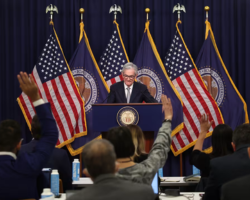S&P 500's Volatile Climb Amidst Rising Rates and Global Uncertainties | Daily Market Analysis
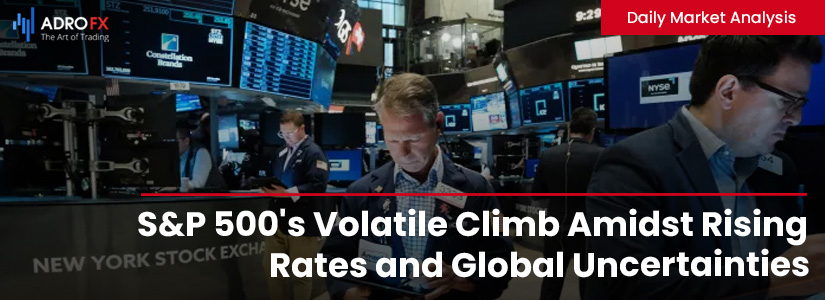
Key events:
- USA - GDP (QoQ) (Q2)
- USA - Initial Jobless Claims
- USA - Pending Home Sales (MoM) (Aug)
On Wednesday, the S&P 500 managed to secure a marginal uptick in a volatile trading session. Investors found themselves in a dilemma, contemplating whether it was the right time to seek out undervalued opportunities following a recent market downturn driven by soaring Treasury yields and uncertainty surrounding future interest rate trajectories.

Simultaneously, investor attention remained fixed on developments in Washington, where growing divisions among US lawmakers raised the specter of a potential partial government shutdown looming by the weekend.
This looming threat of a government shutdown has compounded the concerns of stock investors who are already grappling with benchmark Treasury yields surging to levels not seen in 16 years. These surges followed the Federal Reserve's recent signaling of a more hawkish stance on long-term interest rates.
Furthermore, the S&P 500 has experienced a substantial erosion of its year-to-date gains, prompting some investors to question whether the market is on the brink of a bottoming-out phase.
On the data front, Wednesday's reports revealed that orders for durable US manufactured goods experienced an uptick in August, while business investment in equipment seemed to regain its momentum after a sluggish start in the third quarter.
Apple (NASDAQ: AAPL) managed to trim some of its losses, closing down 0.9% as the broader tech sector attempted a recovery, only to be hindered by the upward trajectory of interest rates.
In contrast, Alphabet (NASDAQ: GOOGL) remained in positive territory, ending the day more than 1% higher. Meta Platforms Inc (NASDAQ: META) saw a modest decline of less than 1% following the announcement of its third Quest 3 virtual reality headset.
This VR device, priced starting at $499, is scheduled to become available to consumers on October 10th.

On the commodities front, gold prices exhibited minimal movement on Thursday, holding near six-month lows. This stability was attributed to concerns about the surging US interest rates, which inclined investors towards the dollar. Concurrently, Treasury yields experienced a notable increase.

Market sentiment took a hit as oil prices soared to their highest levels in 2023 on Wednesday. This development raised concerns about persistent inflationary pressures and the likelihood of extended higher interest rates. Apprehensions about a potential US government shutdown further prompted investors to seek refuge in safe-haven assets.
However, the US dollar emerged as the primary beneficiary of heightened demand for safe-haven assets, particularly after the Federal Reserve signaled a prolonged period of elevated interest rates. Currently, the markets are pricing in a 37% probability of a rate hike by the Fed in December, with rates anticipated to remain above 5% throughout 2024.
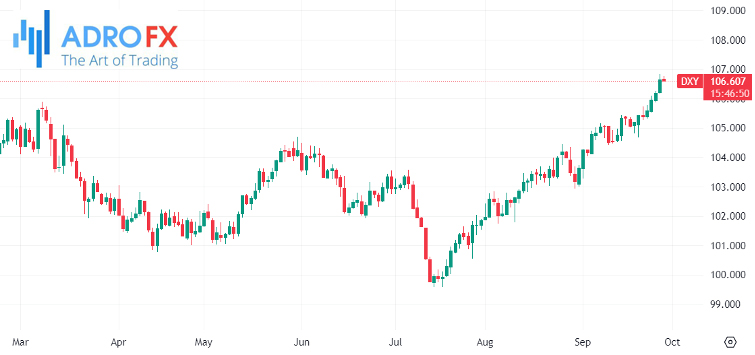
The Japanese yen, which tends to be sensitive to fluctuations in long-term US Treasury yields, pulled back from its recent 11-month low of 149.71 reached on Wednesday but remained uncomfortably close to the psychological level of 150 per dollar. It closed around 0.2% weaker, settling at 149.38.
The surge in oil prices also weighed on the Japanese currency, with Wednesday marking the highest oil price settlement of 2023. This increase was fueled by a significant decline in US crude stocks, intensifying concerns about constrained global oil supplies.
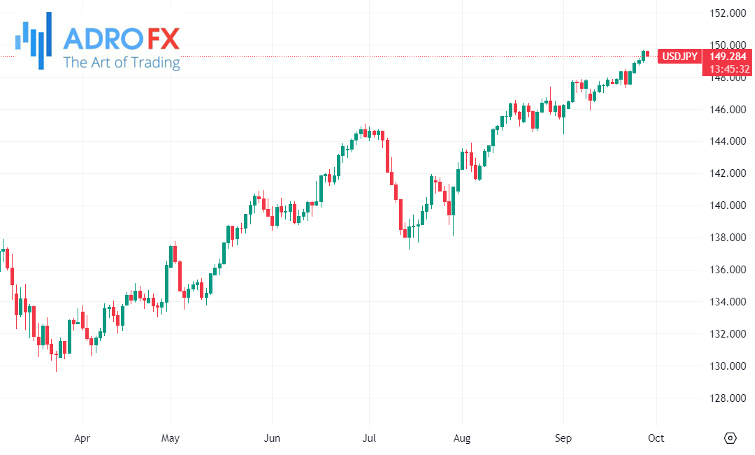
The 150 per dollar threshold is viewed by the markets as a potential trigger for Japanese authorities to consider intervention, as they did last year.
Finance Minister Shunichi Suzuki stated on Thursday that Japan is keeping all options on the table in response to any excessive volatility in currency markets. He issued a caution against speculative movements in the yen, particularly amid its recent depreciation.
In other currency developments, the euro exhibited relative stability but remained above the 8-month low it reached on Wednesday, trading at $1.04880. Investors were eagerly anticipating key inflation data scheduled for release on Friday from the European bloc. The British pound (GBP) held at $1.2137 per dollar, positioning itself just above its lowest level since March 17th.
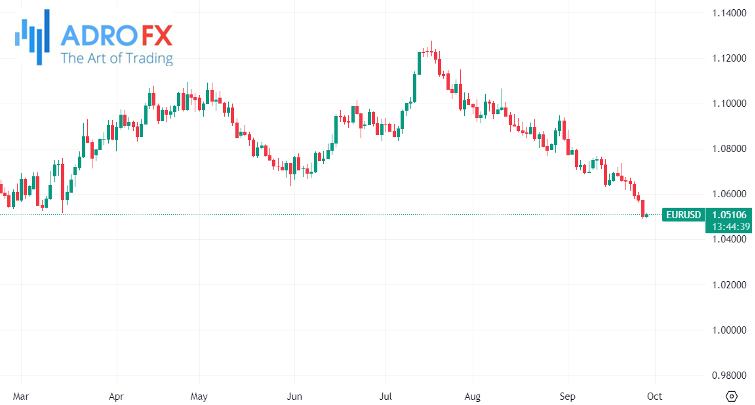
Meanwhile, the Australian dollar (AUD), which had touched a 10-month low overnight, and the New Zealand dollar (NZD) both managed to rebound, registering gains of approximately 0.3% against the US dollar. This recovery came despite Australian retail sales data earlier in the day falling below expectations, as market participants seemed to largely overlook this data point.
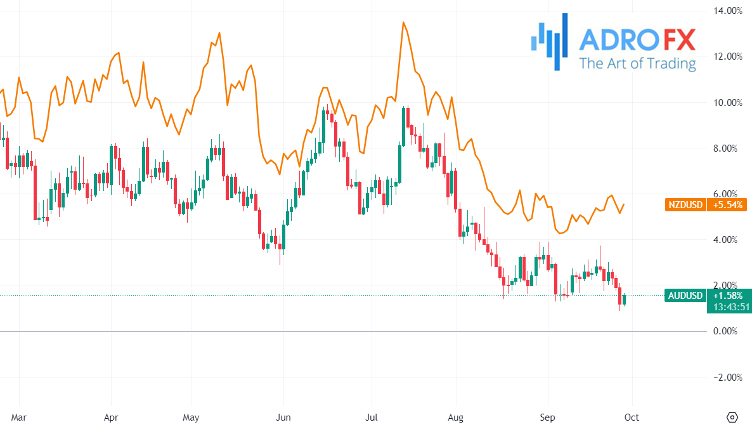
Investors are intently focused on Friday's release of the monthly Personal Consumption Expenditures Price Index for fresh insights into the inflation landscape. Additionally, this week will feature the release of second-quarter Gross Domestic Product figures and remarks from Federal Reserve Chair Jerome Powell.


